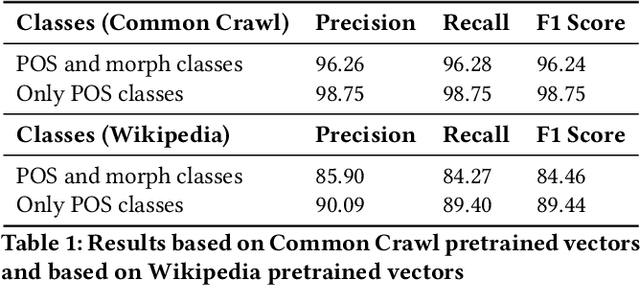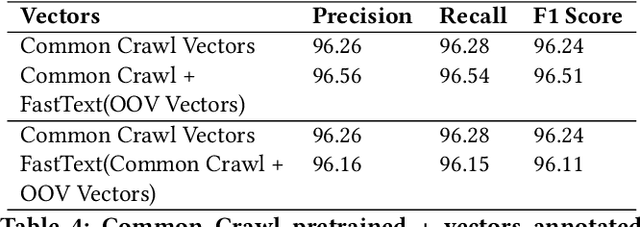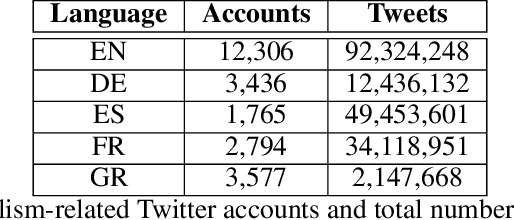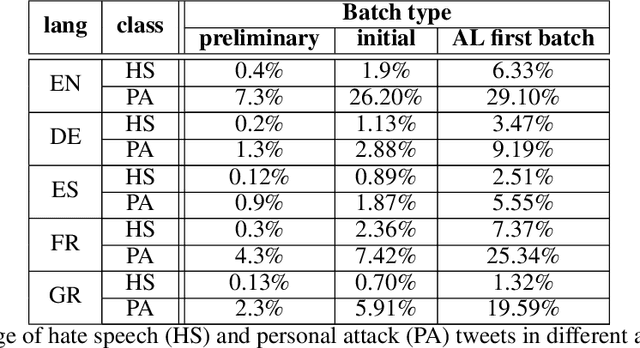Stavros Doropoulos
deepsing: Generating Sentiment-aware Visual Stories using Cross-modal Music Translation
Dec 11, 2019



Abstract:In this paper we propose a deep learning method for performing attributed-based music-to-image translation. The proposed method is applied for synthesizing visual stories according to the sentiment expressed by songs. The generated images aim to induce the same feelings to the viewers, as the original song does, reinforcing the primary aim of music, i.e., communicating feelings. The process of music-to-image translation poses unique challenges, mainly due to the unstable mapping between the different modalities involved in this process. In this paper, we employ a trainable cross-modal translation method to overcome this limitation, leading to the first, to the best of our knowledge, deep learning method for generating sentiment-aware visual stories. Various aspects of the proposed method are extensively evaluated and discussed using different songs.
Design and implementation of an open source Greek POS Tagger and Entity Recognizer using spaCy
Dec 05, 2019



Abstract:This paper proposes a machine learning approach to part-of-speech tagging and named entity recognition for Greek, focusing on the extraction of morphological features and classification of tokens into a small set of classes for named entities. The architecture model that was used is introduced. The greek version of the spaCy platform was added into the source code, a feature that did not exist before our contribution, and was used for building the models. Additionally, a part of speech tagger was trained that can detect the morphology of the tokens and performs higher than the state-of-the-art results when classifying only the part of speech. For named entity recognition using spaCy, a model that extends the standard ENAMEX type (organization, location, person) was built. Certain experiments that were conducted indicate the need for flexibility in out-of-vocabulary words and there is an effort for resolving this issue. Finally, the evaluation results are discussed.
Towards countering hate speech and personal attack in social media
Dec 05, 2019



Abstract:The damaging effects of hate speech in social media are evident during the last few years, and several organizations, researchers and the social media platforms themselves have tried to harness them without great success. Recently, following the advent of deep learning, several novel approaches appeared in the field of hate speech detection. However, it is apparent that such approaches depend on large-scale datasets in order to exhibit competitive performance. In this paper, we present a novel, publicly available collection of datasets in five different languages, that consists of tweets referring to journalism-related accounts, including high-quality human annotations for hate speech and personal attack. To build the datasets we follow a concise annotation strategy and employ an active learning approach. Additionally, we present a number of state-of-the-art deep learning architectures for hate speech detection and use these datasets to train and evaluate them. Finally, we propose an ensemble model that outperforms all individual models.
 Add to Chrome
Add to Chrome Add to Firefox
Add to Firefox Add to Edge
Add to Edge